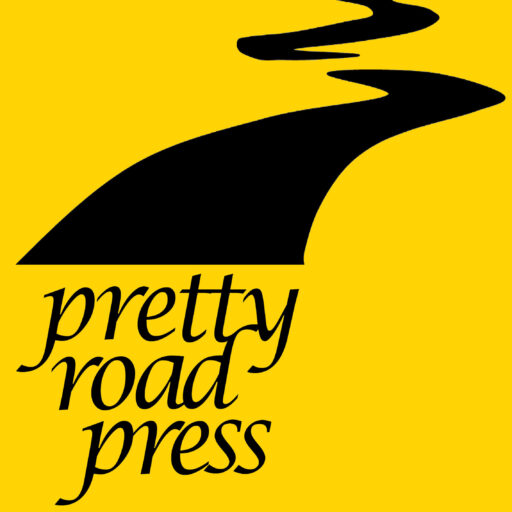You’ll make your editor happy if you pay attention to several small punctuation details in your writing that must be corrected in the publishing process. These are subtle niceties that, if standardized, make your book stand out as an exemplary manuscript in contrast to competing self-published books that neglect the pointillistic aspects of our craft.
1. Put your punctuation marks in the same font–italic as the surrounding or connected text. The exception is when using italics for book titles and when using italics to denote a word being used as a word. Here is an example to make it plain. The font charater styles follows the rule. The parentheses and the comma are italiciced.
Based on his Spanish (gracias), I think he was appreciative.
The second example shows the exception. Note the book title is italicized but the exclamation point is not.
Enjoy reading Golden Prose & Poetry!
2. Put your question marks, exclamation points, and quotation marks inside the final parenthesis as long as they relate to the parenthetical phrase. Put them outside if they belong to the larger sentence. In general, matter within parentheses should be a complete phrase or thought and the period should go outside the last parenthesis. Here’s an example:
To top it off, he poured syrup over his broccoli (isn’t he crazy?).
3. Use ellipses points to indicate the omission of a word, line, or phrase from quoted text. For novelists writing dialog, use ellipses (…) to indicate faltering language, as opposed to interrupted language and thoughts which require use of an em dash (—). To prevent the ellipses from being separated at the end of a line when your book is typeset, you must use the formal ellipses symbol. Using Microsoft Word, here’s what to do: Hold down the control key, then the alt key, and then the period key together. You get this: … For the em dash, go to the “Insert” menu, choose “Symbols,” and then find the em dash and click “insert.” Here are two examples showing how to the use ellipses and em dashes correctly.
Ellipses: “The wreck…oh my!…it…it was awful,” cried Julie.
Em Dash: “I’m frustrated,” said Bill. “I’m going to—”
“Do what?” asked Frank.
4. When quoted matter extends across multiple paragraphs, start each paragraph with an introductory quotation mark, but don’t put a quotation mark at the end of each paragraph. Save the closing quotation mark for the very last paragraph of quoted matter. For novels, the same rule applies to dialog from a single character. For sentences ending with a quote within a quote, use a thin space to separate the single quotation mark from the double quotation mark. Click on the “Insert” menu. Click on “Symbol.” From the array of special characters, find the thin space character (it’s usually near the bottom), and click on “insert.”
Here is an example of how the thin space is used with single and double quotation marks:
“How can I believe you,” Cathy asked, “when you said, ‘I love Nicole?’ ”

